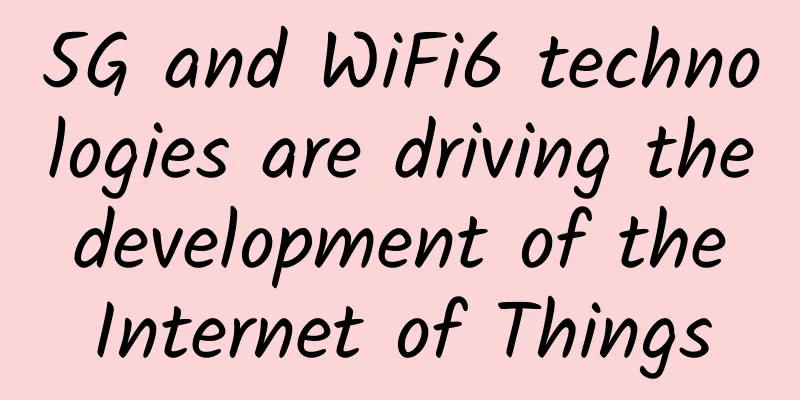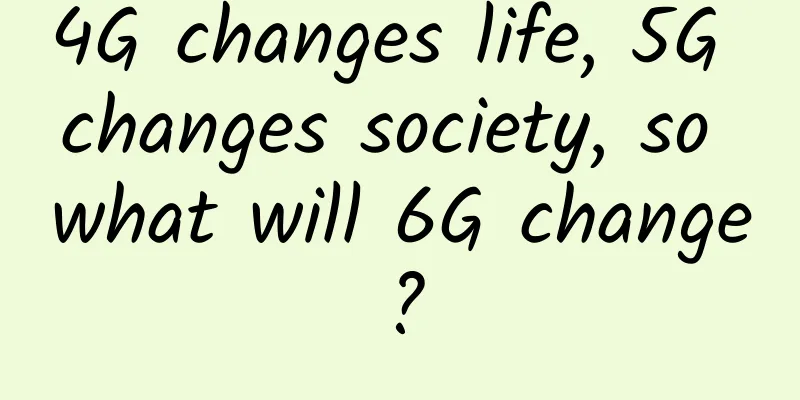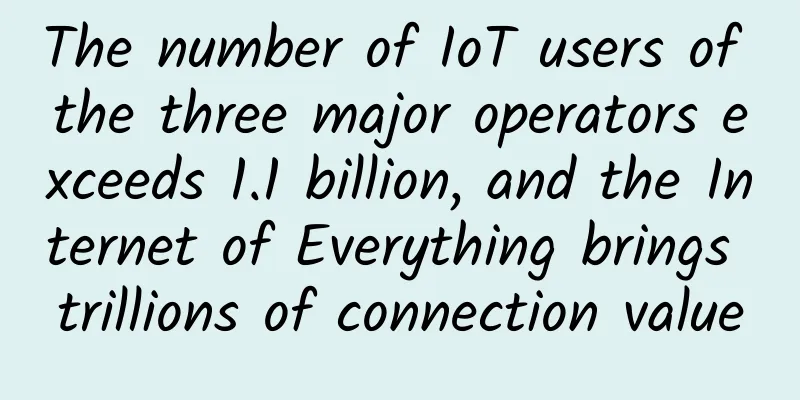5G and WiFi6 technologies are driving the development of the Internet of Things

|
The strategic combination of 5G and WiFi6 networks is catalyzing a new era of digital connectivity, with both networks supporting and enabling connected IoT devices. This powerful connectivity synergy is driving a significant shift in the IoT ecosystem as it delivers higher reliability, lower latency, higher speeds, and a more consistent user experience. 5G and WiFi6 technology make new digital-intensive applications better, more convenient, more available, and even more cost-effective. In addition, it will significantly improve the quality of our lives, both personally and professionally, and in many ways. According to data forecasts, there will be more than 41 billion IoT devices by 2025. The huge number of IoT devices will increase the demand for ultra-low latency, higher reliability, large-scale network capacity and higher availability. These are all provided by 5G technology because it provides a consistent user experience by creating a more stable connection. 5G networks are empowering smart cities in many areas in innovative new ways. Through the power of 5G, city governments are building capabilities in areas such as waste management, road and pedestrian safety, wayfinding, and emergency response systems. 5G is also revolutionizing various industries, especially factories, warehousing and manufacturing. Smart factories running on IoT devices and powered by 5G communications are delivering automation and smart workplaces driven by fast data speeds and ultra-low latency. Challenges IoT devices bring to 5G networksIn today’s data-driven and data-centric economy, 5G IoT deployments will continue to be subject to an endless array of online security threats. This challenge continues to drive cloud-based service providers to ensure that networks and customer data are as impenetrable as possible to protect user data and privacy. At the same time, IT departments will need greater visibility into the network to track connected devices, estimate multi-path service level agreements, and use artificial intelligence and machine learning to further enhance user capabilities and user experience. While this security investigation is necessary and beneficial, it does not absolve end users of their responsibility to be more careful and cognizant of their data and privacy. Therefore, the successful and secure transition of many connected devices and connected systems to 5G becomes a shared responsibility of all parties, from end users to telecom and cloud service providers, to design engineers to system builders. SummarizeThe integrated ecosystem of 5G and WiFi6 technologies is changing the communication landscape of connected systems. When these technologies are strategically integrated in an optimal way, every industry will benefit accordingly. Through the open roaming capabilities provided by Wi-Fi6E, manufacturers can easily interconnect public 5G networks with private WiFi6E networks, and in turn, the two technologies can work together to provide a more powerful and satisfying user experience. In addition, private 5G is able to provide faster and more secure connections for all technologies and use cases from the supply chain to the factory floor to the campus environment, as well as all types of customer contacts. The bottom line is that next-generation 5G and WiFi6 networks are already here and can be deployed now. Today, smart businesses and government agencies are using 5G and WiFi6 to leverage cutting-edge technologies such as IoT, AI, AR/VR, etc. to improve business processes, create more immersive user experiences, and improve overall quality of life. By enabling more mission-critical IoT devices to reliably connect over wireless networks, the industry as a whole is creating a better digital future, accelerating advances in healthcare, education, governance, and sustainability, from which we will all benefit. |
<<: How will 6G change the workplace?
>>: Four tips for network capacity planning and configuration
Recommend
Summary of common troubleshooting methods for network broadband
1. FTTH troubleshooting steps Step 1: Check the s...
Credit card fraud empire: Black industry pours into consumer finance and earns millions of dollars a month
[[188862]] In the past two years, consumer financ...
Traefik Enterprise Practice: TraefikService
Introduction The routing rules of traefik can imp...
Zgovps: $16.9/year-AMD EPYC 7402P/2GB/25G SSD/2TB/40G defense/Netherlands data center
Zgovps is a new Chinese hosting provider that ope...
China Mobile plans to jointly purchase 700MHz base stations with China Radio and Television this year
China Mobile recently released its annual perform...
Ruijie SDN Open Network Platform ONP won the "2016 Most Innovative Award"
Recently, the results of the "China Enterpri...
5G+ marks the next big shift for Asia’s industry
COVID-19 has been one of the biggest disruptors i...
Why does WiFi 7 depend on the 6GHz band?
Over the past 20 years, as the most commonly used...
NVIDIA Launches 6G Research Cloud Platform to Advance Wireless Communications with AI
NVIDIA today announced a 6G research platform tha...
What are the big opportunities after NB-IOT in the field of Internet of Things?
With the freezing of the R3 core standard of NB-I...
Transition to 5G drives demand for fiber
A new report released by IndexBox: "World – ...
OVH France/Canada High Defense VPS 50% off for the first month, starting from 14 yuan
Oluyun is a new Chinese hosting company that open...
Efficiently build vivo enterprise-level network traffic analysis system
1. Overview With the rapid development of network...
A "right remedy" for Ethernet Mac and Phy layer problems
In today's digitally connected world, Etherne...
Jack Ma summoned by Indian court! Alibaba's Wang Shuai: I couldn't find him after searching for a whole day
On July 26, foreign media reported that a court i...









